5 facts about metro systems worldwide that you probably didn’t know
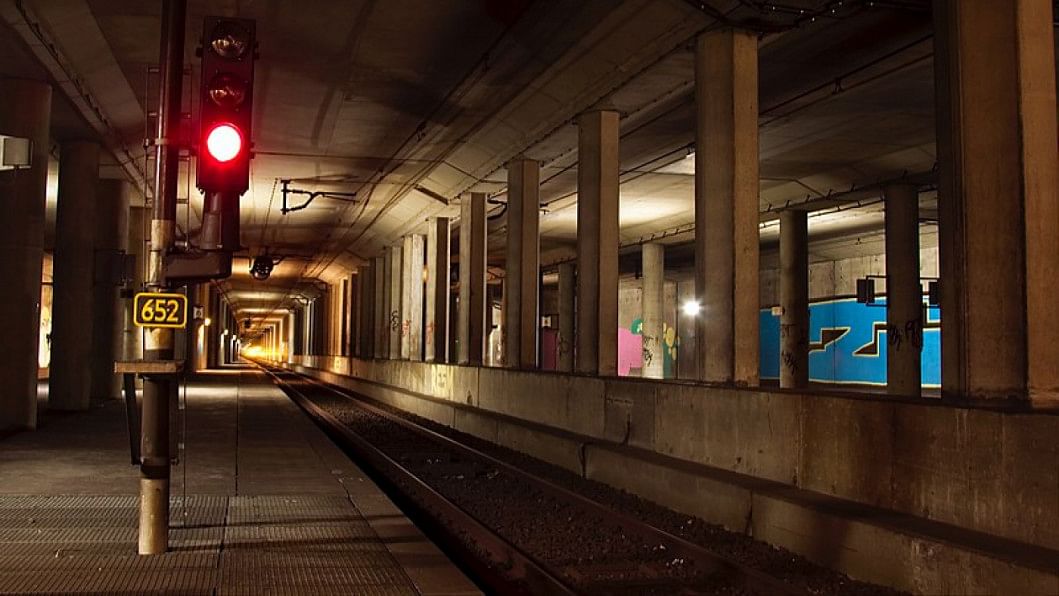
The much-awaited MRT metro system is scheduled to go live tomorrow. There are plans in motion to open additional lines next year, with the initial line travelling to and from the Agargaon to Uttara regions of Dhaka. With so much going on, we are going to look at some interesting facts regarding this contemporary means of transportation. There are several names for it in many cultures and languages, such as underground, subway, metro, etc. but they all refer to the same thing.
Here are 5 facts about metro systems worldwide that you probably didn't know:
London has the oldest underground metro system in the world
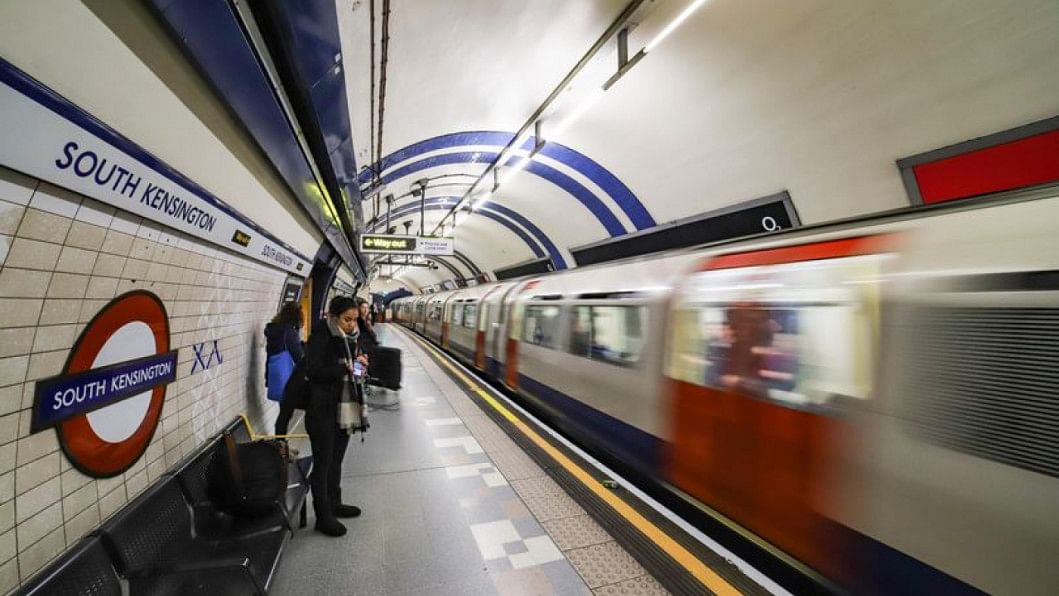
In London, the world's first underground system was launched in 1863. Initially, it connected Paddington and Farringdon Street in the heart of Central London through seven stations. It has now developed into a network of 270 stations covering 400 km of the track after more than 150 years of operations.
New York's metro has the most number of stations
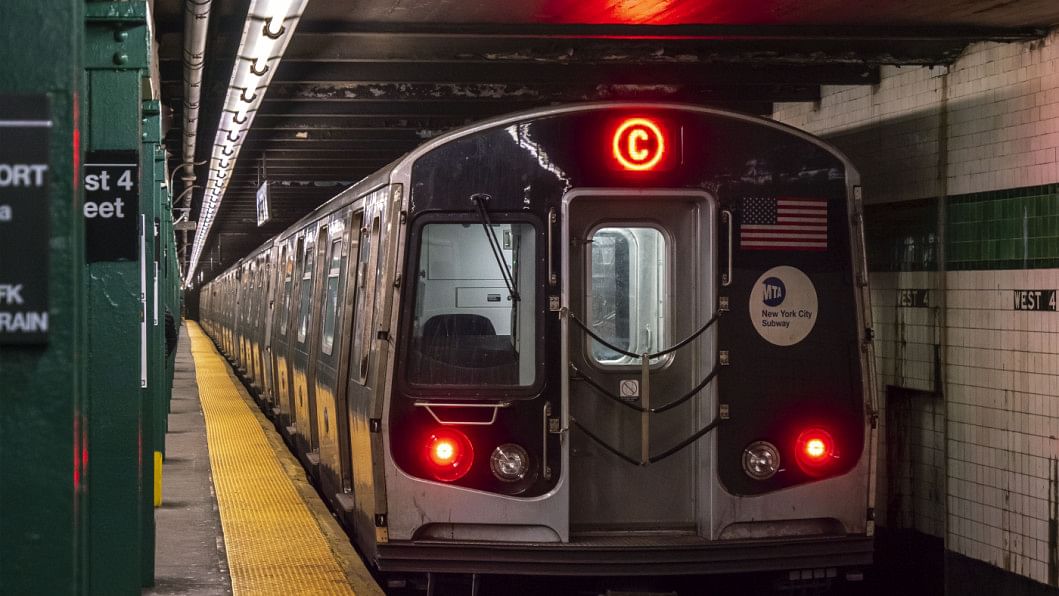
The New York City subway system has the most number of stations in the world, with 424 stations. The New York City Subway also has the most lines or routes with the 24 lines or routes.
The deepest located metro station is in Kyiv
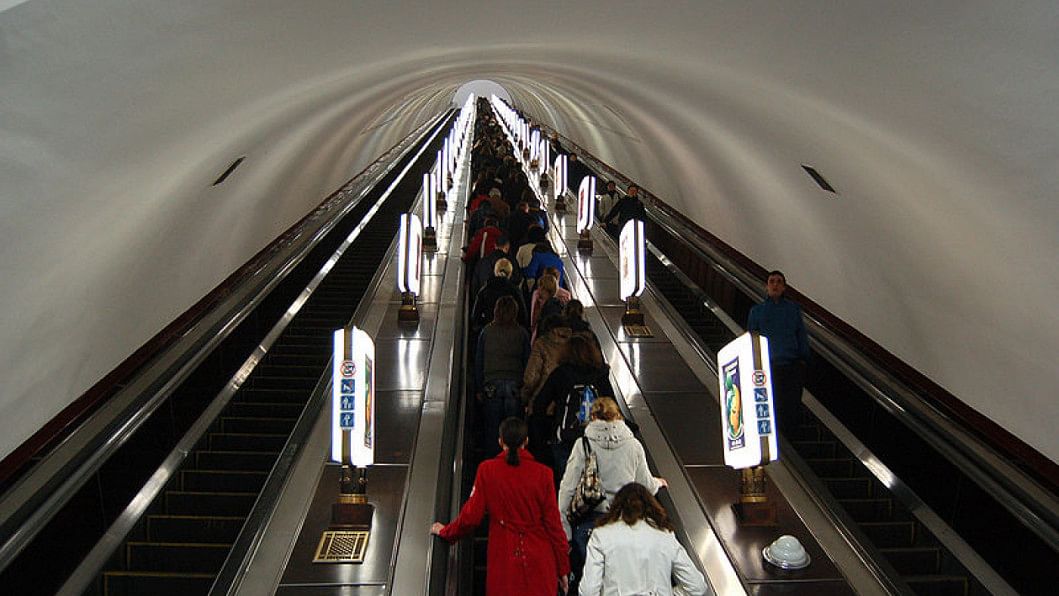
The deepest station in the world, Arsenalna, is located 346 feet below the surface of Kyiv, the capital city of Ukraine. It can take up to 5 minutes to get to the station after descending many escalators and platforms.
Tokyo has the busiest metro system
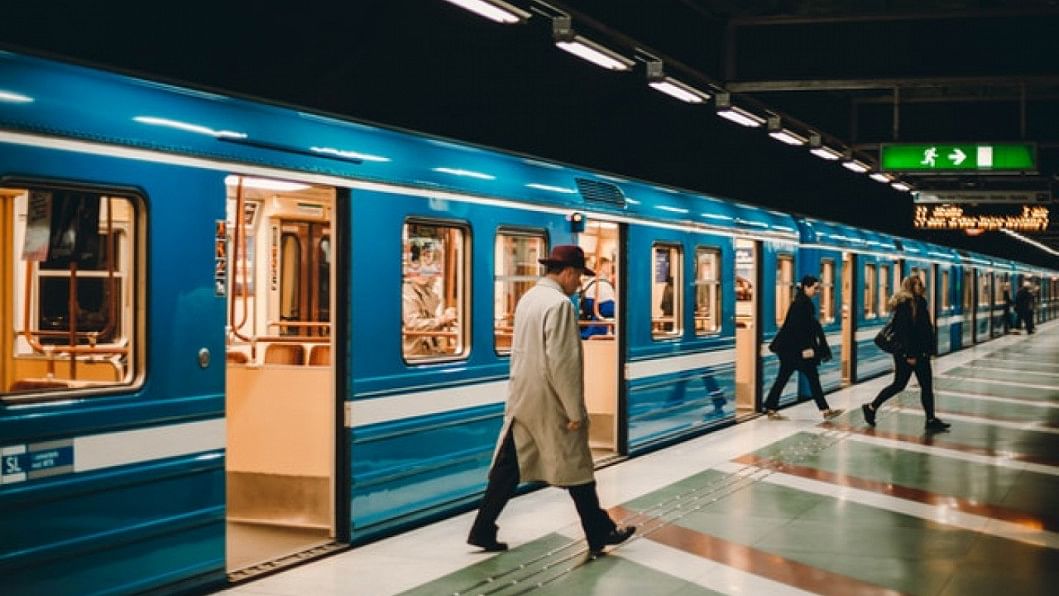
With eight million users per day and 3.16 billion commuters annually, Japan's capital Tokyo's Toei Subway is, by far, the busiest metro system in the world.
Budapest's metro is the only metro in UNESCO's World Heritage site
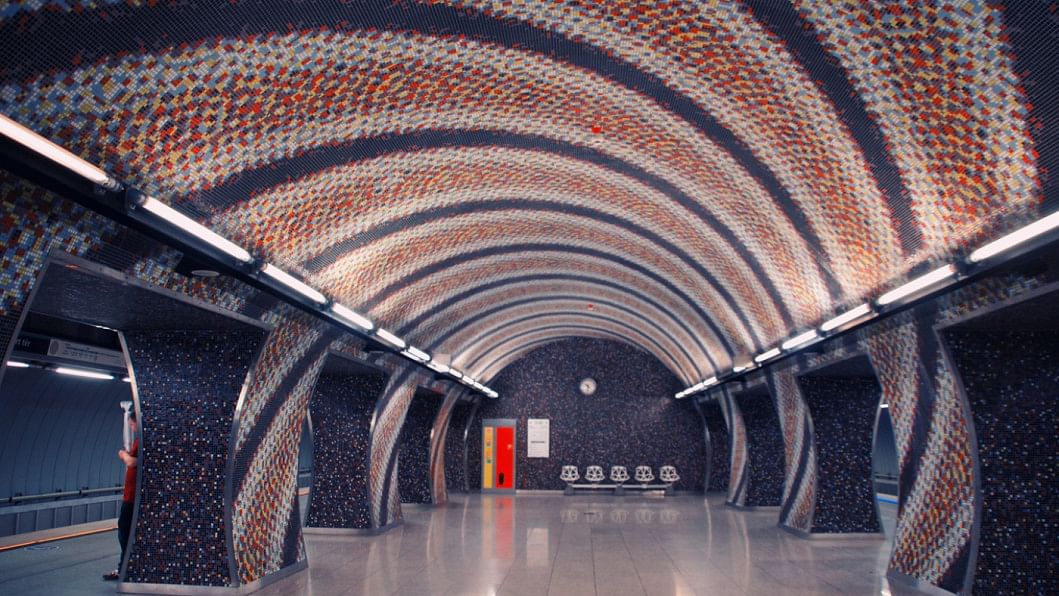
Hungary's Budapest metro is the only metro system in the entire world that has received the honour of being listed as a World Heritage site from UNESCO. It is also the second oldest metro system in the world and was inaugurated in 1896.

 For all latest news, follow The Daily Star's Google News channel.
For all latest news, follow The Daily Star's Google News channel. 


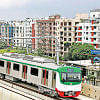
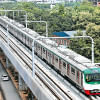



Comments